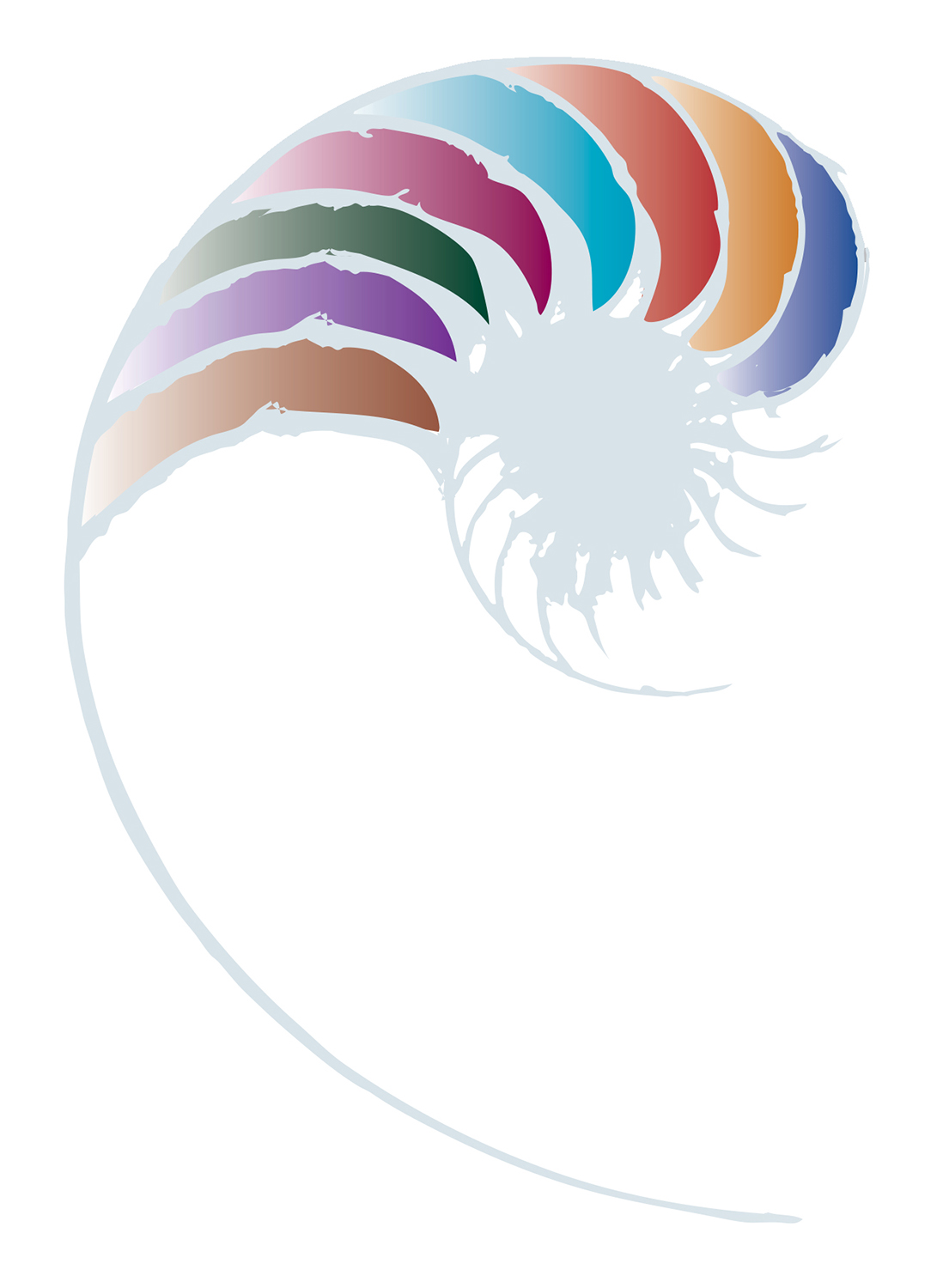Planning, deciding, and preparing to support giftedness
A story of practice about planning for learning spaces, resources, and teaching strategies and engaging in genuine conversations about learning with whānau to support giftedness.

Key points
- Talking about noticing giftedness.
- Planning for learning spaces, resources, and teaching strategies.
- Engaging in genuine conversations about learning with whānau.
Living our philosophy, beliefs, and values
When it comes to supporting giftedness, Hilary Hirst, the Head Teacher at Dannevirke Central Kindergarten, gets excited about curriculum design.
Recently, the team of six kaiako reviewed their philosophy to make sure that it includes all children, is accessible, and is easily understood. This means balancing the needs of the group with the interests of individual children, especially those with gifts.
After extensive consultation with whānau, four beliefs and values were agreed to guide teaching practices:
- Whanaungatanga: relationships forged through shared experiences and working together provide a sense of belonging.
- Manaakitanga: accepting and celebrating each child's uniqueness, valuing their whānau, culture, and knowledge.
- Akoranga: valuing learning from each other, building relationships, and partnerships for learning.
- Taiao: creating a nurturing and stimulating environment that offers challenges to support children's curiosity and learning.
These values guide kaiako discussions about curriculum and learning and are integrated into their planning to support giftedness.
Conversations about "noticing"
For several years now, the kaiako at Dannevirke Central Kindergarten have made planning for children’s learning part of their everyday conversations with whānau.
The team works collaboratively to understand how they can support children’s interests. They use their collective observations about a child or a group of children to set learning goals based on the learning outcomes in Te Whāriki. These are always developed with whānau input.
These conversations, which are either noted down or remembered, are one of the reference points for planning a responsive environment. Kaiako also bring observations, photos, artefacts, and anecdotes to their planning hui.
Learning spaces to support giftedness
Hilary says, "At one of our hui, we realised we had all brought stories about this child’s creativity and imagination. It was the way he thinks that blew us away. It is way beyond what we would expect for a child his age.”
It was as a result of the kōrerorero (discussions) at planning meetings that the kaiako felt that this particular child was exceptional.
He often arrived with a plan about what he wanted to create, and then he would spend the whole session doing just that. Kaiako wanted to support him. The team realised they needed to protect his space.
Kaiako observed that he liked to work on the floor. They created a safe working area for him, alongside the literacy table.
They also noticed that he would spend hours working on a particular project, so it was important that there was no foot traffic to disturb him.

A dedicated space for the child
Resources to support giftedness
It wasn’t just the physical space that the kaiako took into consideration; they also noticed what he was interested in and made sure he had the resources on hand to make his projects happen.
Hilary says, “When he first started, he was very shy about asking for specific things, like a certain type of paper. We tried to predict as much as possible what would support his learning, but now he will come in and tell us what he wants.”
The kaiako also supports this child’s giftedness through their research, looking for information and resources. For example, the kaiako noticed this child’s interest in making things with paper. The kaiako went online to learn more about origami to show him. That led to his desire to craft a blanket out of paper. The project took the whole morning.
Teaching strategies to support giftedness
Initially, for this very creative child, the kaiako worked hard to ensure they understood his intentions. Once learning outcomes have been identified, the team focuses on their teaching strategies. They identified a wide range of strategies, like modelling, asking clarifying questions, and scaffolding.
By intentionally trying out strategies, the kaiako honed their practices and learnt what worked best to support the child’s learning.
The team's approach to planning for this child is built around their beliefs and values. These are shared with whānau. The team welcomes their input.
Hilary says, "It has made us think about the environment—inside and outside; resources; and intentional teaching strategies. So far, it's working really well when it comes to supporting the gifts this child brings with him.”
Genuine conversations about teaching and learning with whānau
Hilary says, "His ability to focus and concentrate is amazing. When we spoke about these traits to his whānau, we learnt that his grandfather was very creative and focused.”
Being able to share what they notice about this child with whānau means these kaiako have a genuine platform for talking about learning.
Discussing their observations of this child with whānau brought depth and breadth to their planning. They used the Responsibilities of kaiako section of Te Whāriki (see resource below), as well as the evidence of learning examples. These added robustness to the discussions.
Kaiako are constantly evaluating their practices in relation to children’s learning. They have found they are able to nurture giftedness using familiar curriculum design processes.
Questions to think about
- How do you include whānau in your curriculum design processes?
- How do you use the environment to create spaces to nurture specific gifts for children?
See Materials that come with this resource to download:
- Identifying and providing for gifted and talented Māori students (.pdf) APEX, 15(4), 6-20, Bevan-Brown, J.M. (2009).
- Mana Tū, Mana Ora: Identifying Characteristics of Māori Giftedness (.pdf) Mahaki, P., & Mahaki, C. (2007)
Te Whatu Pōkeka. Kaupapa Māori assessment for learning. Early childhood exemplars
Ministry of Education, (2009). Wellington, NZ. Learning Media.
Learning support action plan
Retrieved from Strenghtening learning support - Ministy of Education, (2019).
Kua kite rānei koe?
About this resource
A story of practice from Dannevirke Central Kindergarten about planning for learning spaces, resources, and teaching strategies and engaging in genuine conversations about learning with whānau to support giftedness.





